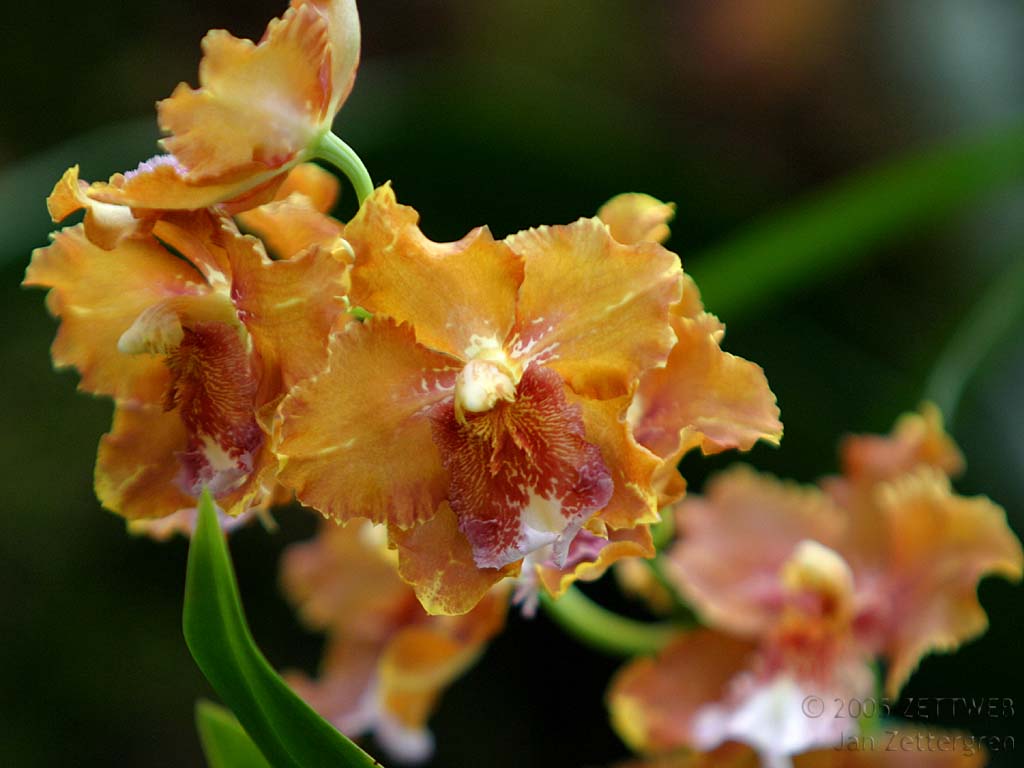
The actual number of species varies depending on whether or not the proposed, closely allied genera are included. This is an enormous genus rife with synonymy. Until recently little hybridizing has been done in the genus however, two particularly attractive hybrids are Bulbophyllum Daisy Chain an example of the smaller umbellate-flowered group, and Bulbophyllum Elizabeth Ann an wonderful example of the large-flowered group.

lepidum), guttalatum, lasiochilum, lobbii, longissimum, makoyanum, medusae, and putidum. Some commonly encountered species are: Bulbophyllum dearei, echinolabium, falcatum, fasinator, flabellum-veneris (syn.

The flowers are usually short lived (5-7 days) and are occasionally fragrant (while the fragrance can be pleasant it is often quite foul). The pollinator (most often a small fly) lands on the lip, which tilts and causes the pollinator to fall back in to the sticky pollina. All have a hinged lip that aids in pollination. There is a wide range of fantastic flower shapes and sizes (2 mm to 400 mm). The plants are typically small to medium (although some have leaves up to a meter long) creeping epiphytes, having a sympodial growth habit with prominent pseudobulbs, with one or two fleshy leaves. Some of the most commonly encountered allied genera are Cirrhopetalum, Ione, Mastigion, Megaclinium, Rhytionanthos and Trias. Taxonomists have described at least two dozen allied genera, which have been combined with, and separated from, Bulbophyllum, over the years. Bulbophyllum and closely allied genera (especially Cirrhopetalum) are considered to be the largest group of orchids. The genus Bulbophyllum was described by Louis-Marie Aubert Du Petit-Thouars in 1822, with the name coming from the Greek bulbos (bulb) and phyllon (leaf). Bulb-oh-FILL-um (click on the name to hear it spoken)


 0 kommentar(er)
0 kommentar(er)
